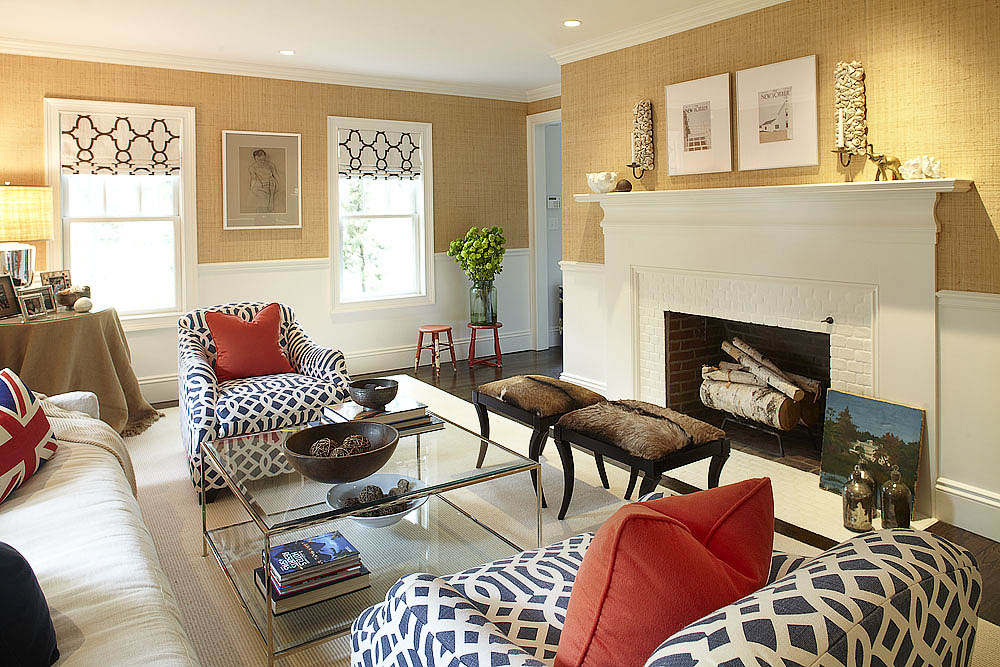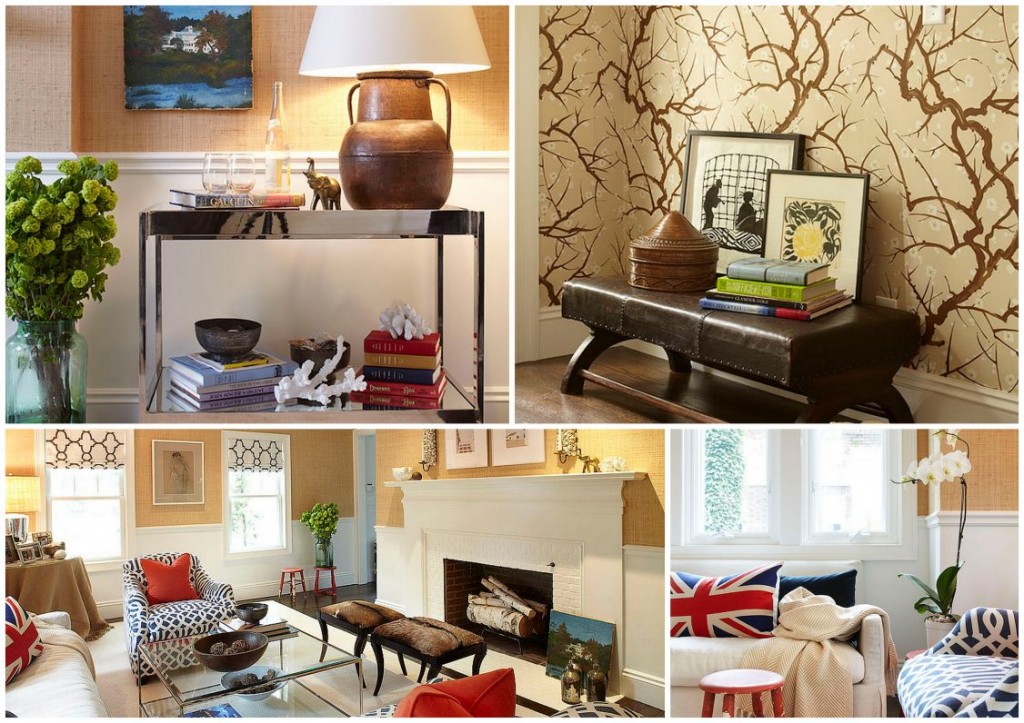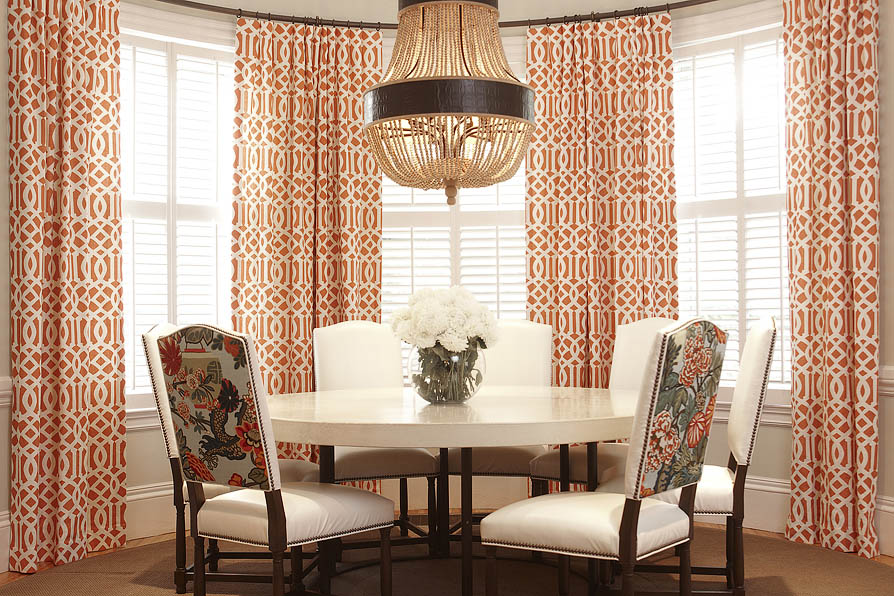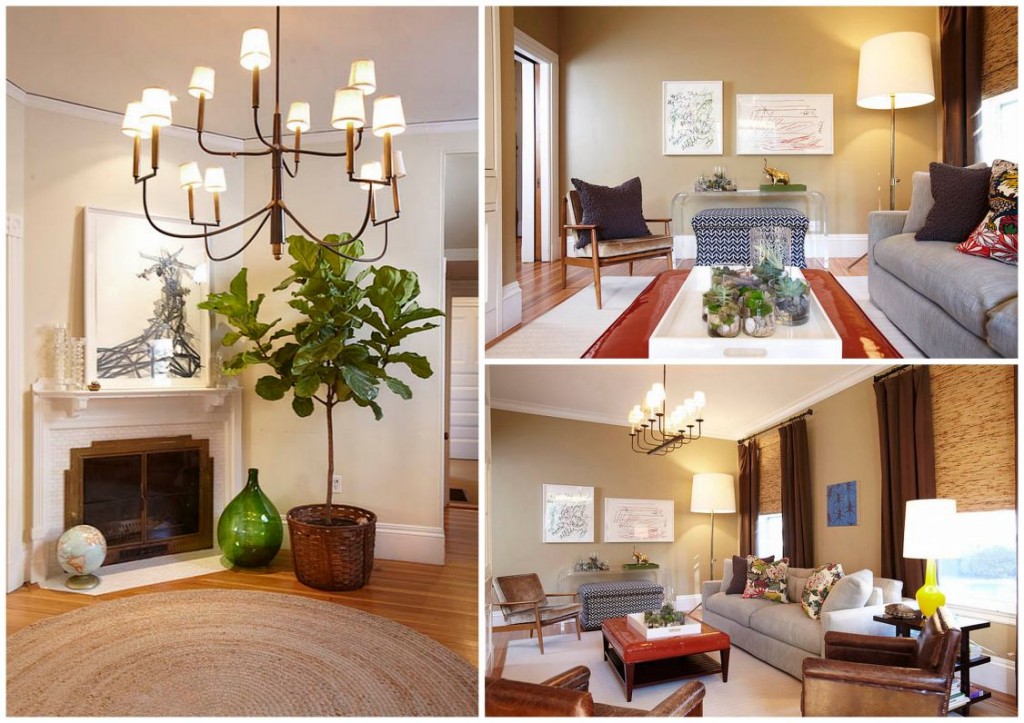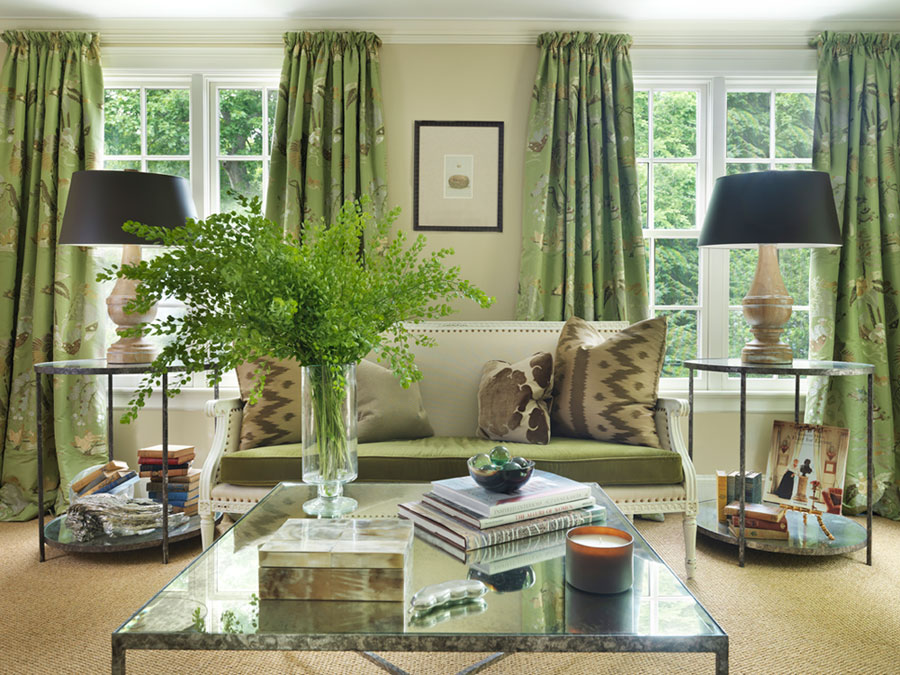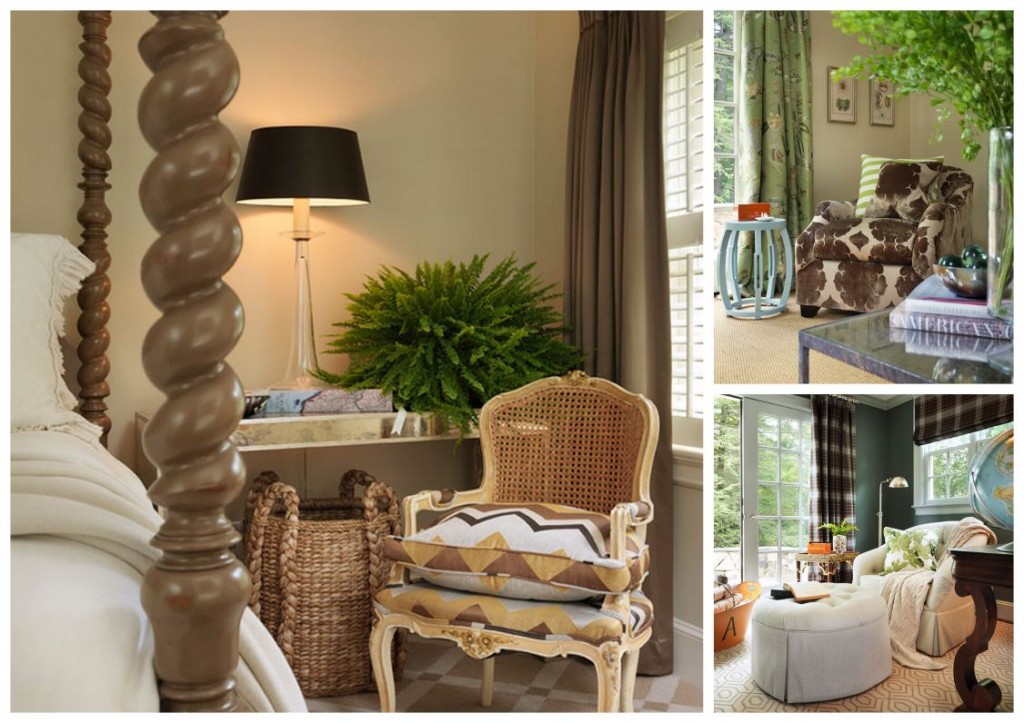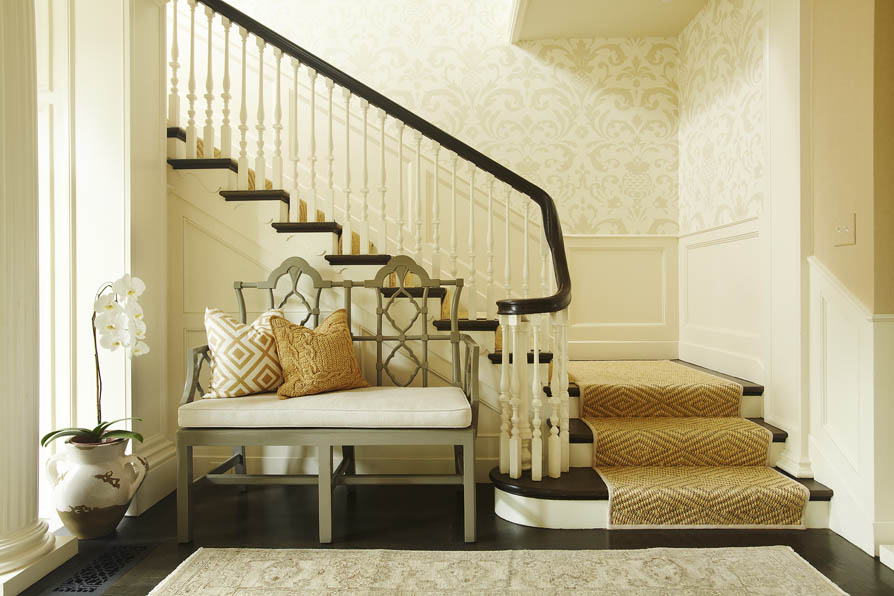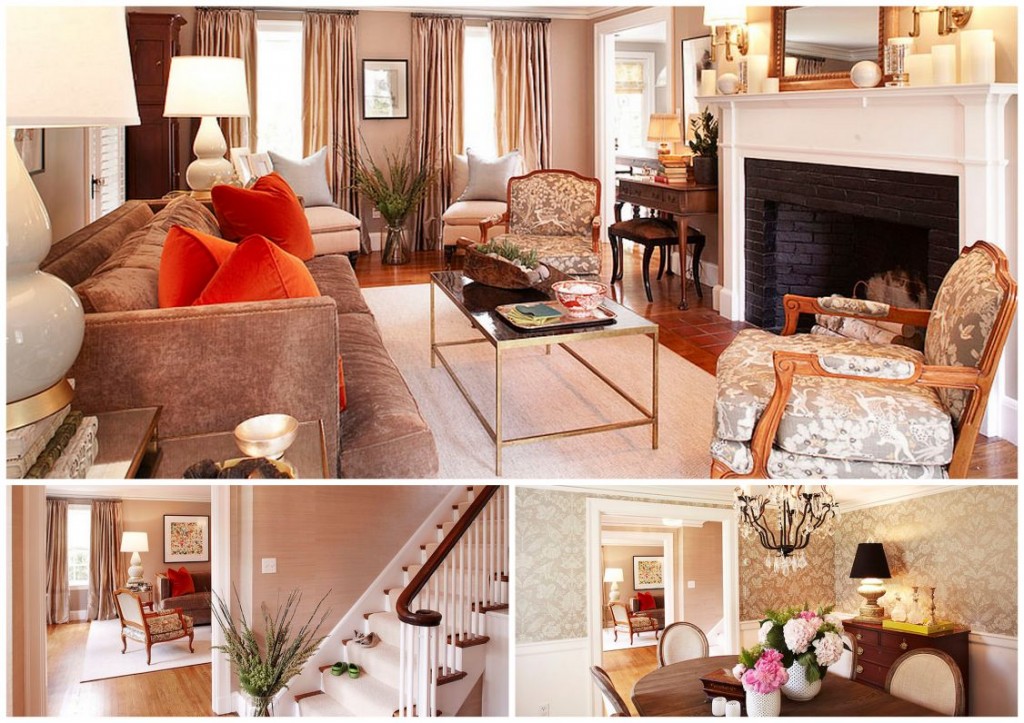Color is the most versatile tool and it is the most exciting decorating element in any decor plan or designed room. Yet many of us find the power of color intimidating and fearful of stepping into new territory, stick with neutrals. The palette for walls is often white or cream colors that work fine as a backdrop for more richly neutral colored pieces. Aside from the strength of color itself, the enormity of color choices available in paints, wall papers, fabrics and flooring options can also overwhelm us, making us retreat to the safety of white for the walls and neutrals throughout. So how do you break the monotony and establish an exciting color scheme around you? There are many ways to establish this and one of the main stream is by introducing patterns and texture to the decor plan, which gives and mix variety of shades in one picture, manipulating a perfect design. And let’s see how we could achieved in this task.
You can add color and pattern to a room in a variety of ways, wall paper and fabric being the most popular. Because pattern is largely a vehicle for color, the same rules that guide the selection of color effectively narrow the field when it comes to selecting a pattern or complimenting patterns.
Large scale patterns are like warm colors in that they appear to come toward you. They can create a lively and stimulating atmosphere and generally make a large space seem cozier. But in a small room, need to handle large scale pattern with care or it might over power the room.
In same manner, small scale patterns appear to recede, making small rooms seem larger. They can also be used effectively to camouflage odd angles or corners that you find in attic ceilings. But still it is better to try and use a subtle, non directional pattern for this kind of application.
When you use small patterns in a larger room might not be successful as it might look bland as from a distance it may read as a single color. In that case, if you use small scale patterns, need to be careful to pick up a vibrant color for the pattern.
Along with pattern and texture of the material plays a big role in designs. Texture doesn’t have the obvious impact on a room that color and pattern wield. But how a material feels, as well as how it looks, does influence room design. Incorporating variety of textures, in a room adds to it richness and versatility.
A mix of textures plays upon the senses and adds another layer of complexity and sophistication to a design scheme. As with every aspect of decorating, mixing textures involves a balancing act and to give a room a distinctive character, you might let one texture predominate the room, but the right contrast can make the scheme more intriguing.
Again as same as pattern the best and easiest way to incorporate texture in to a design is with fabric or textiles. Different types of canvases, twills, brocades and tweeds all represent and add up different looks and sensations. Fabrics, however are just the beginning and more to follow.
Source ; hudsoninteriordesigns

